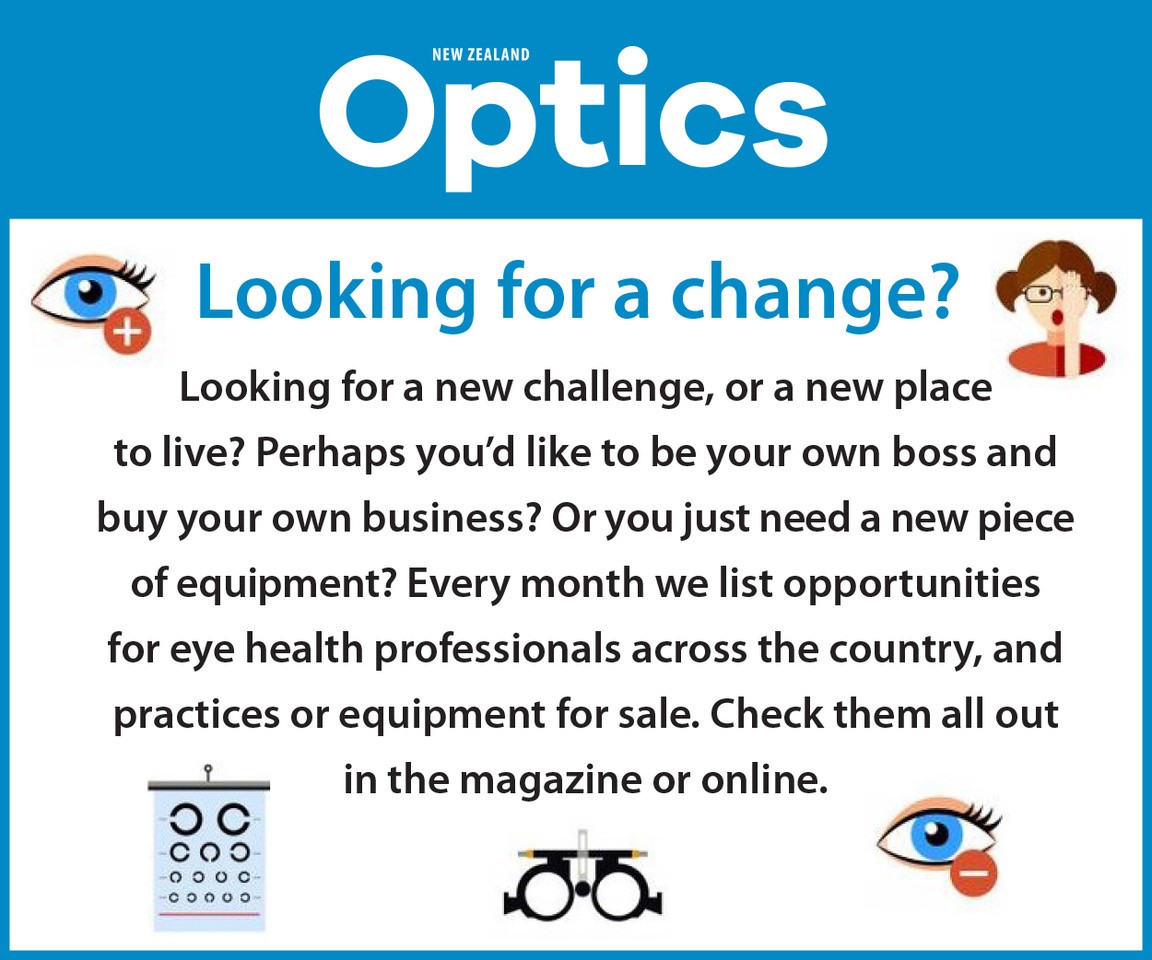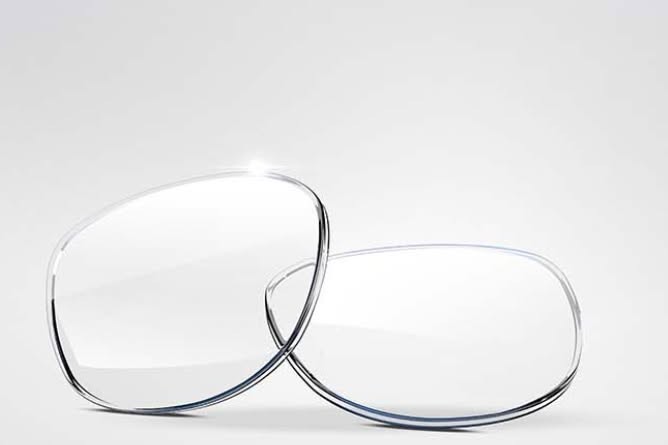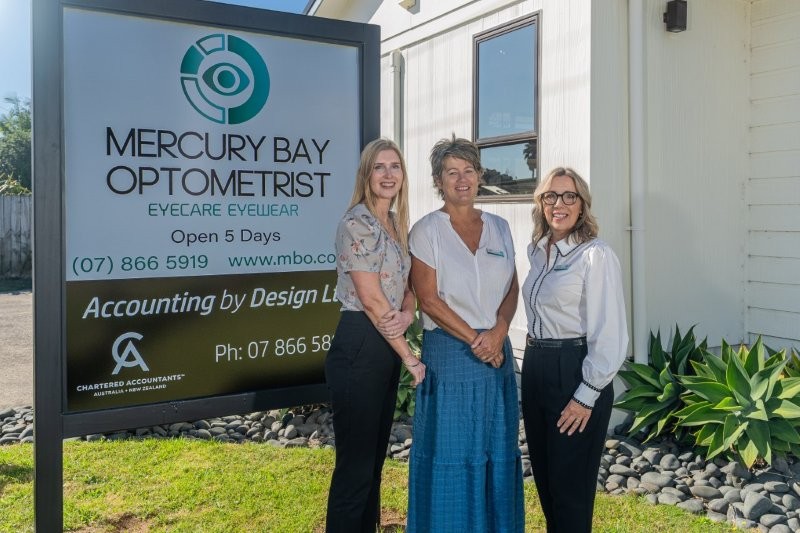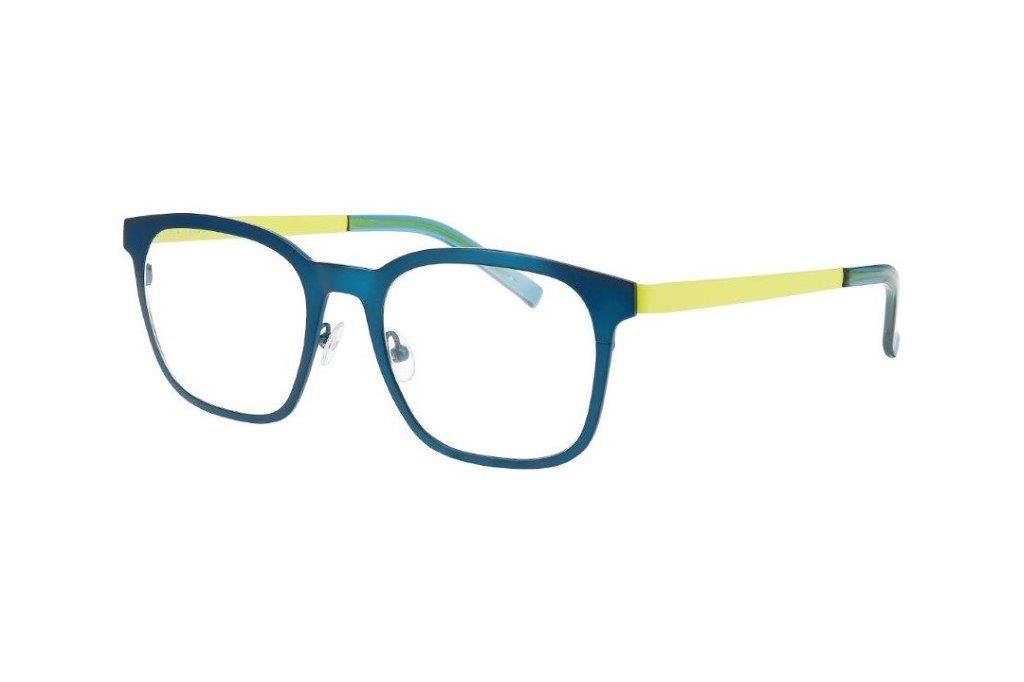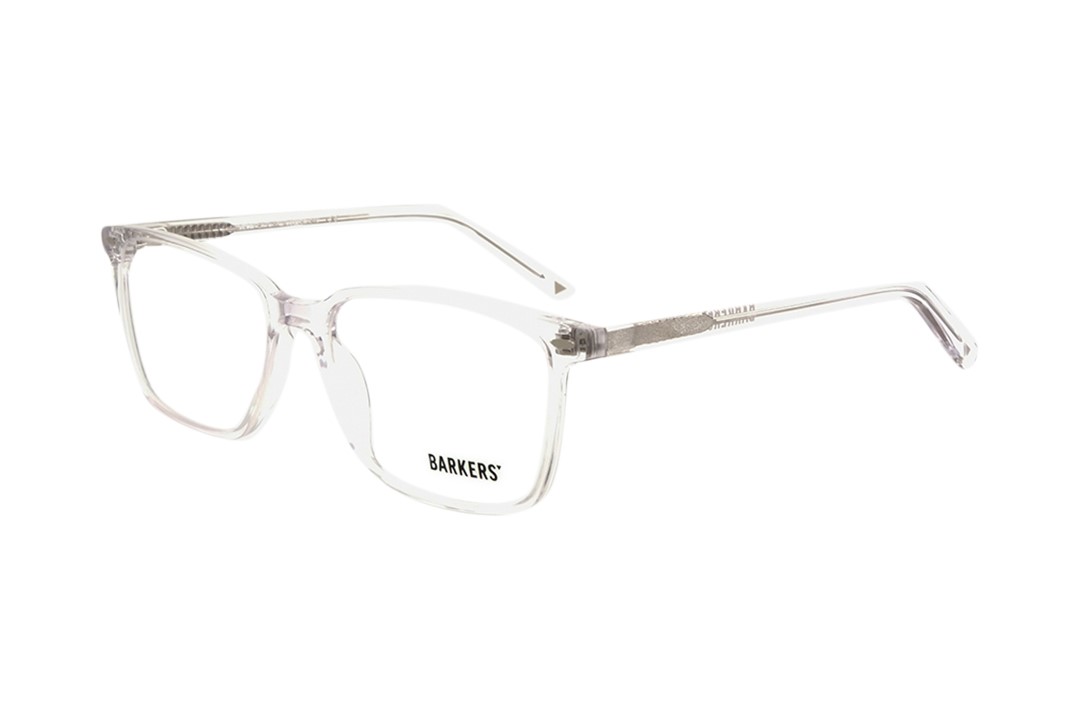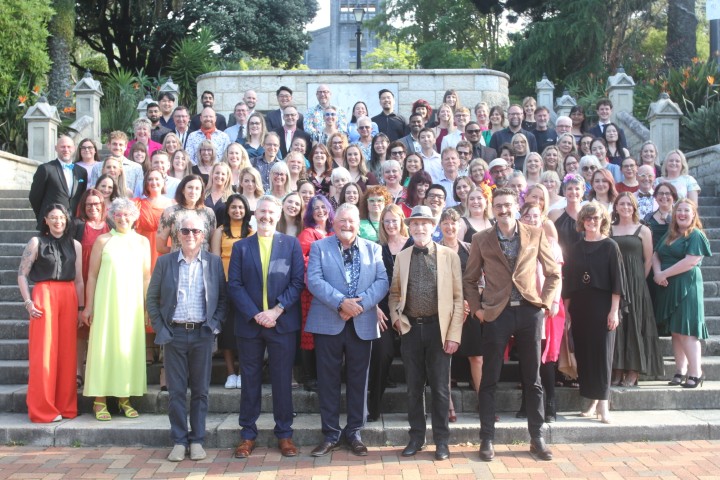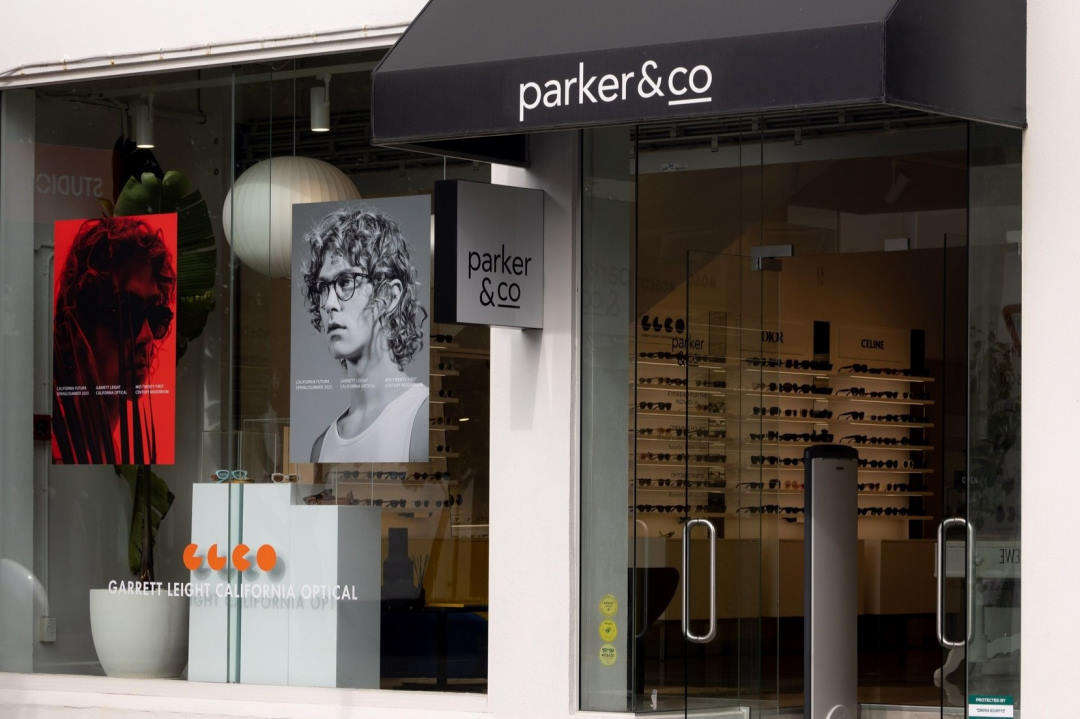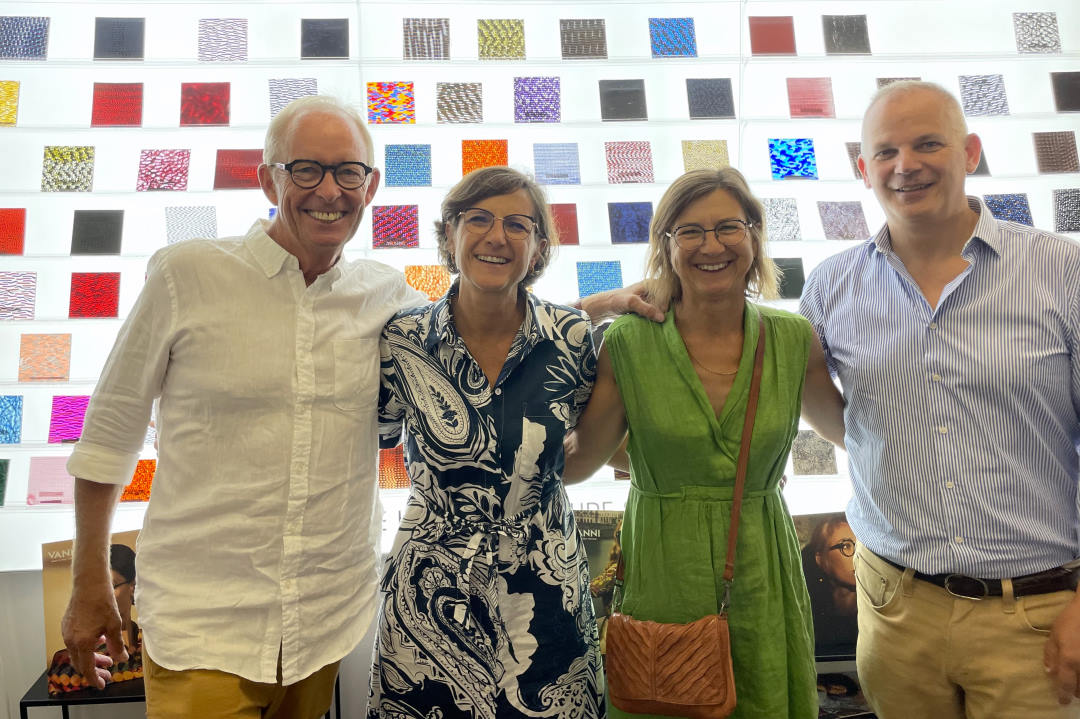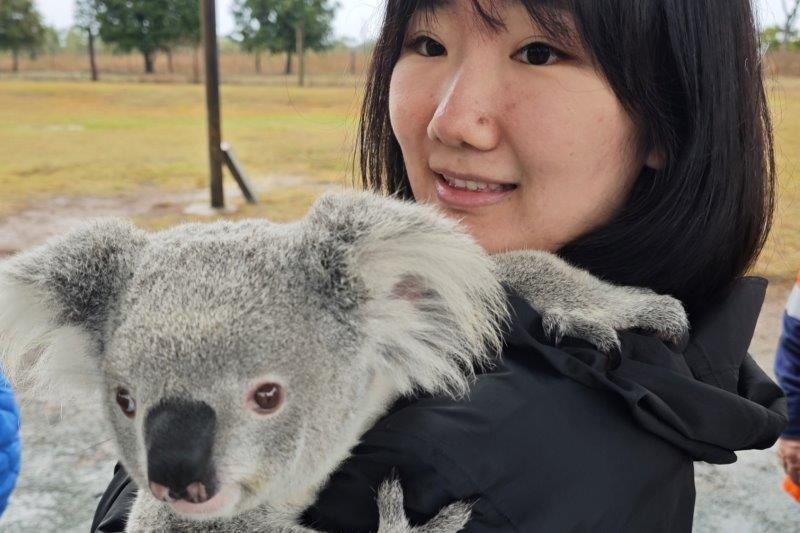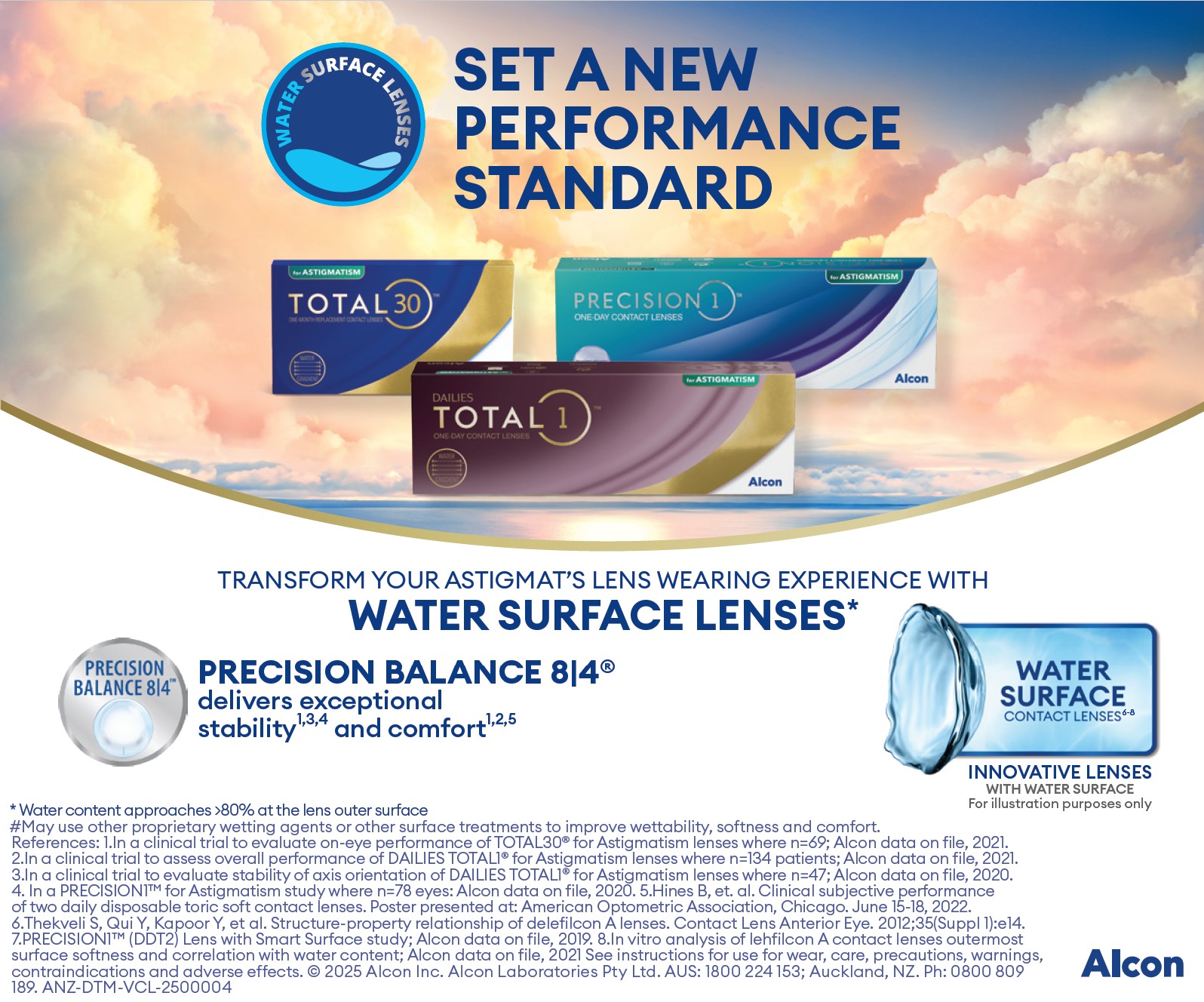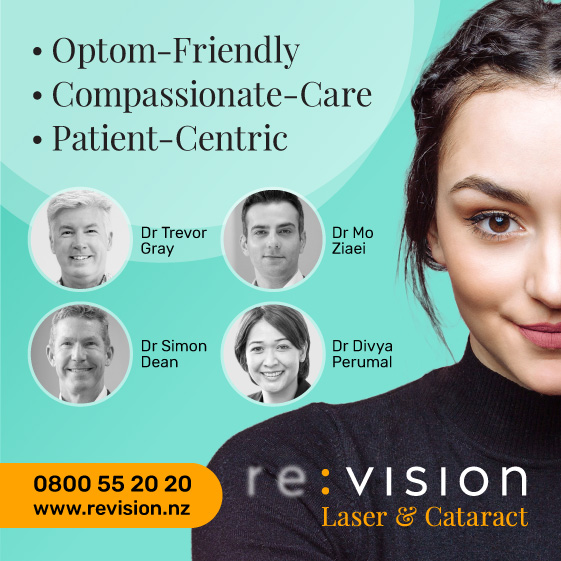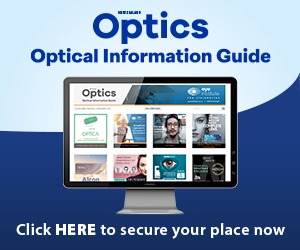New vision correcting system
A new computational system that mimics the way the human eye focuses could provide a better solution for today’s presbyopes, said researchers from Stanford University.
“A lot of presbyopes have had time to get used to their corrections, through progressive lenses, monovision, etc, but they still spent the majority of their lives being able to refocus their eyes. We want to restore that experience,” said Nitish Padmanaban, lead study author and electrical engineering PhD candidate at Stanford.
Building on previous advances made in the area of automated vision correction, the new system, called Autofocals, incorporates eye trackers and a depth camera with a sensor fusion algorithm designed to jointly and effectively make use of both in one complete system.
The team evaluated Autofocals on 24 users, aged 51 to 81, across a set of visual performance tasks, finding users experienced better visual acuity at nearer distances when compared to monovision and progressive lenses. Preliminary results also indicated users did not experience a sizable difference with respect to contrast sensitivity and letter matching, and the majority felt the prototype worked more effectively than their own corrective lenses.
"While the technology is still in its early stages, several of the presbyopes who've tried our system genuinely wanted to have a working version for themselves," noted Padmanaban. "One could imagine that as this technology improves, you could have a single pair of glasses for your entire life."









